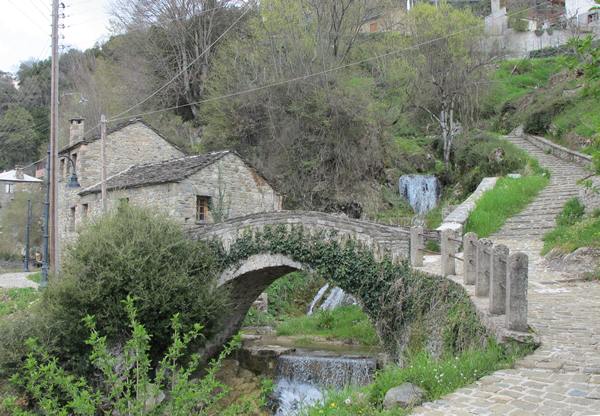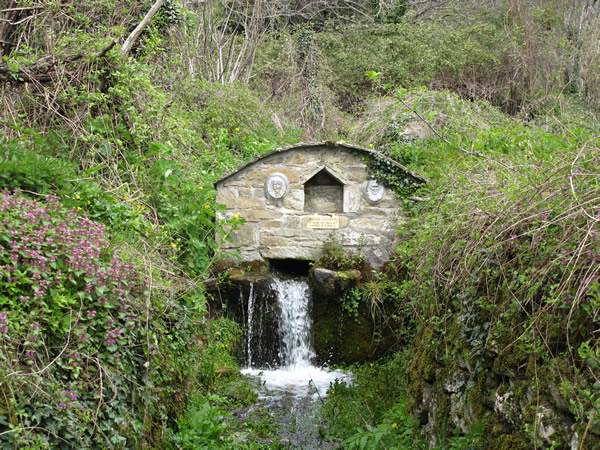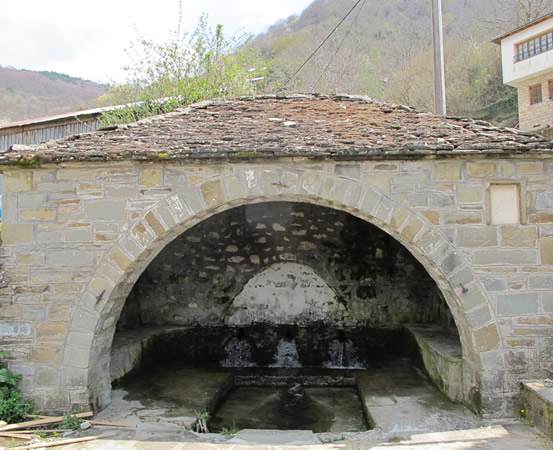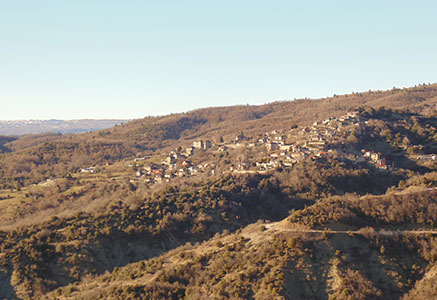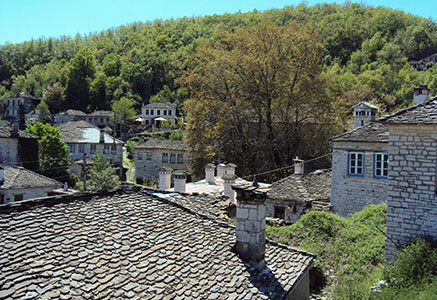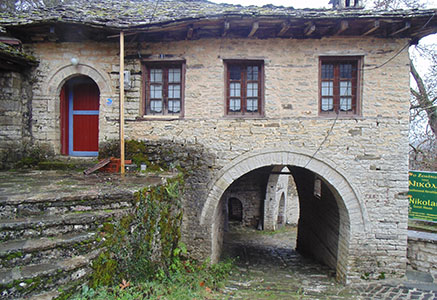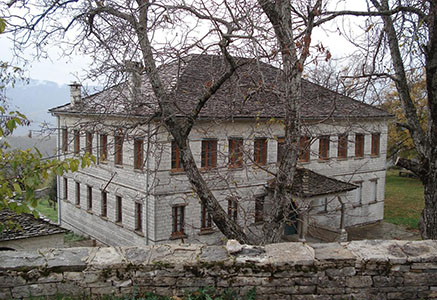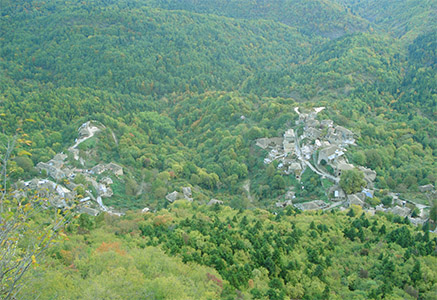Project Description
Tristeno is located on the western slopes of the central mountain range of Pindos at an altitude of 940 meters. The establishment of Tristeno remains unknown. Its former name was Drestenikon of Dodoni Province until 1927, when its name was changed.
It is recorded for the first time in 1319 in a golden sealed decree of Andronikos II handed to a lord of Ioannina called Drestenikos, whose name existed at least until the last century in Giannina. Apparently, the village was named after this Byzantine honorary. At first, the village was named as Thestrenikou, later Thestreniko and Dresteniko. It was renamed to Tristeno (=three-alley) apparently from the three alleys that exist above the village. Some shepherds from Himarra are recorded as the first settlers of the village, who brought their sheep for grazing in Zagori during the summer. This version is not accepted by its inhabitants who oppose the view that the first settlers came from Veria and were craftsmen. Tristeno, referred to as the death place of the Balkan Wars Fighter, Chatzimichael Konstantinou, in 1913.
The village’s sights are the church of Saint Georgios, built with classical Zagorian architecture in 1793. Few buildings that retain the classical Zagorian architecture, like the other villages of Eastern Zagori, were also burned down by the Germans in 1943.
The benchmark of the village is the traditional stone mill that was built in 1835. At the beginning, it was double with two production units and had the ability to grind 100 ounces of cereals an hour. In recent years, it has been renovated and re-operated. It is one of the last watermills in the country in operation. Finally, the stone bridge that joins the village, over the Goura stream that crosses it.


